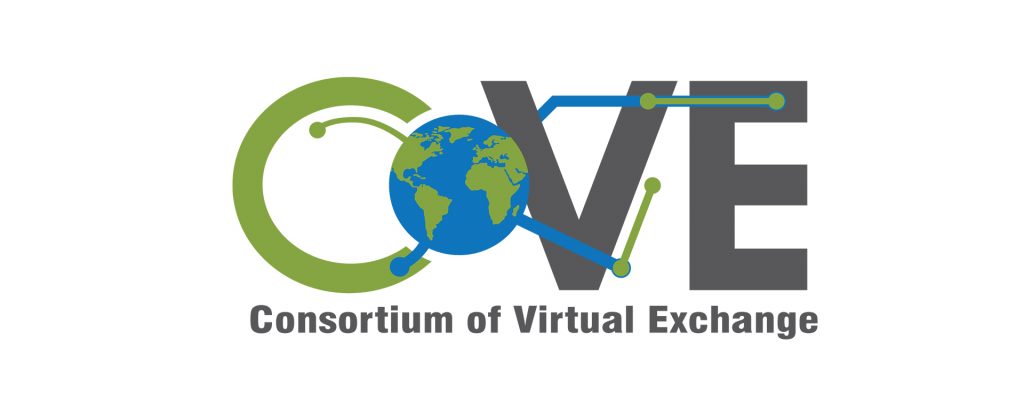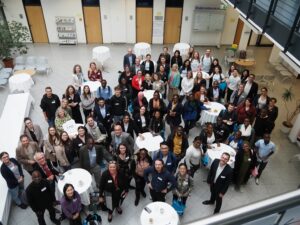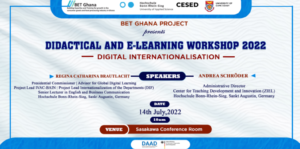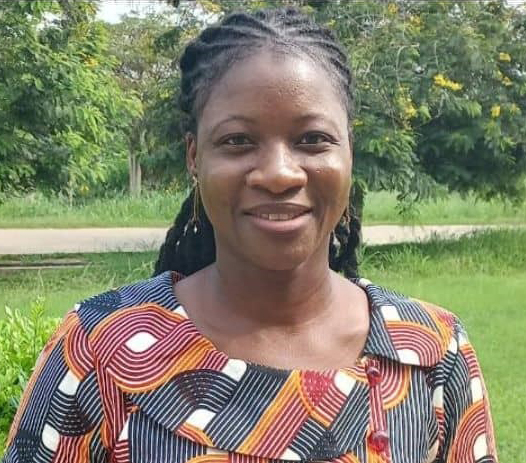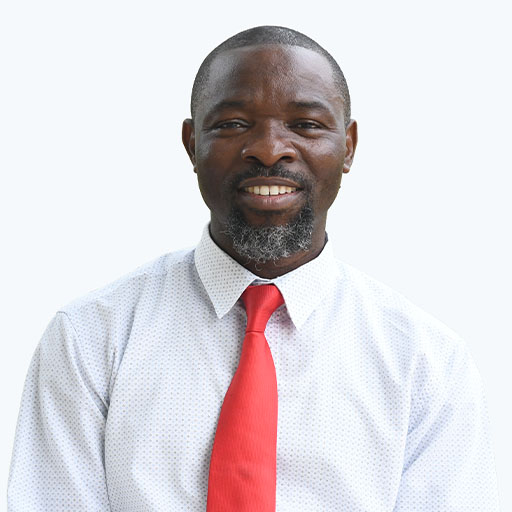By Consortium of Virtual Exchange Team
International collaborations and networking remain an essential mode of visibility for institutions as it promotes skills and technology transfer, develops staff and students’ competencies. However, due to resources challenges in engaging in physical mobility and exchange, it is often problematic for universities in most African countries to benefit from exchange programmes that involve the physical movement of people. Virtual exchange and mobility is an antidote to this challenge. To explore the role of virtual exchanges in promoting collaboration between universities in Africa, developed and other developing countries, six universities from five countries (Germany, Ghana, Kenya, Portugal and the USA) in 2013 initiated a virtual project dubbed “Building Bridges Across Continents.”
Since its inception, the project has connected about 400 students and six (6) faculty members through the use of Web 2.0 tools. Among other things, the students have discussed and worked on group projects on several multidisciplinary topics. During the project, students learn to work collaboratively online, appreciate cultural diversity and differences, schedule and manage meetings, conduct desk research and work with different digital tools. From the results, a key finding that emerged was that students Increased cultural awareness and networking; enhanced communication abilities, management of an international project, creative skills, data analysis and reporting. Others include listening to native and non-native speakers of English, time management skills, handling conflicts, self-confidence, compromise and negotiation as well as perception about other cultures.
The project has three unique qualities including content (cultural awareness across countries), pedagogy (student-centred learning) and the application of technology (digitally empowered tools that create flexibility and make learning a fun process). The project has application for virtual exchanges and collaborating across countries, especially where there are financial, legal barriers to physical mobility and movement.
